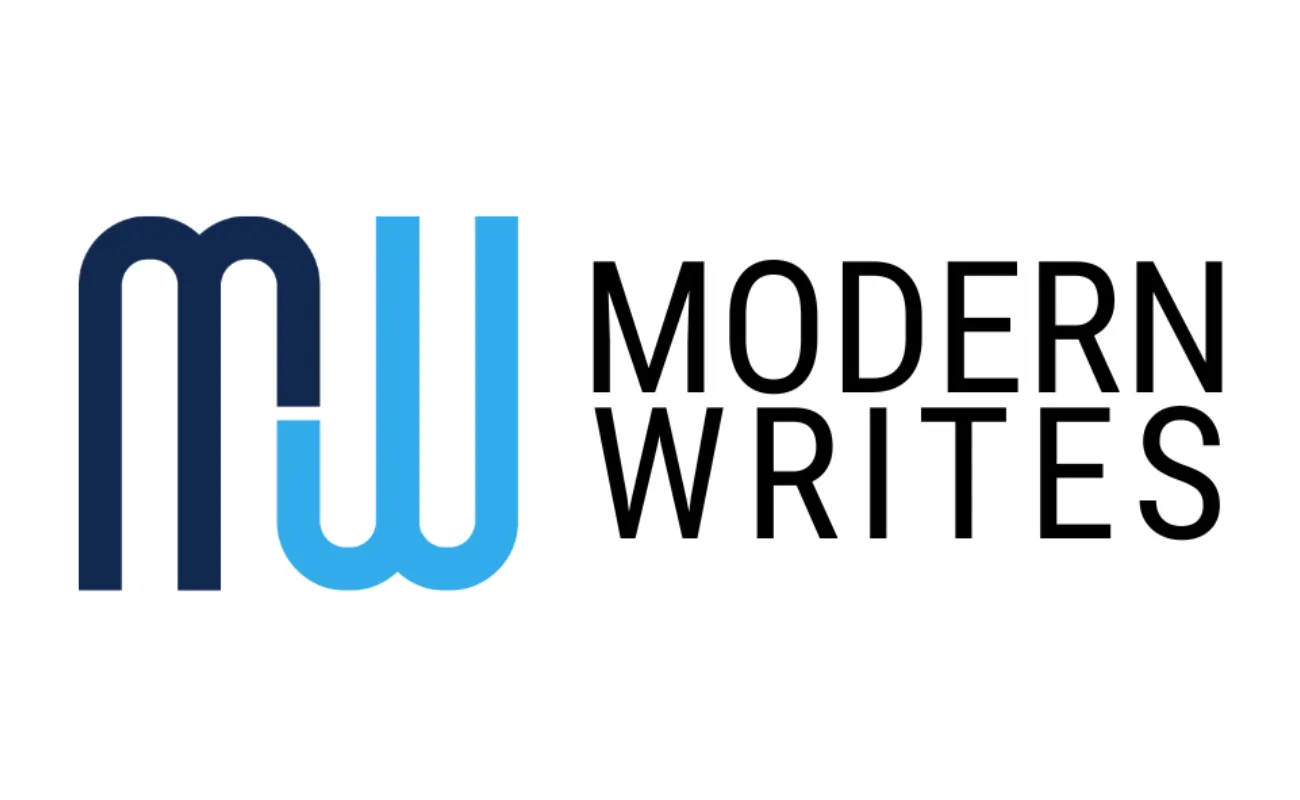In response to China’s Belt and Road Initiative (BRI), Vice President Joe Biden proposed an economic corridor during the G20 conference that would connect India, the Arabian Gulf, and Europe.
This is a reflection of the realization in Washington that, despite BRI’s issues, Chinese President Xi Jinping’s main foreign policy initiative will continue. We also highlight in our Independent Task Force report for the CFR that the United States faces considerable obstacles even if the BRI stumbles.
If implemented, IMEC would provide a viable alternative to BRI by facilitating the linking of strategically vital regions. However, many concerns remain about the project’s funding, schedule, and overall sustainability.
What is the Belt and Road Initiative (BRI)?
During a trip to Kazakhstan in September 2013, Xi Jinping first proposed a “Silk Road Economic Belt,” to which he subsequently added a “21st Century Maritime Silk Road.” As a whole, “One Belt, One Road” (now more generally known as the Belt and Road Initiative) aimed to create a connection between China and the rest of Eurasia and Asia.
BRI’s reach is now global, extending beyond its initial corridors. Chinese funding as part of BRI has created all these roads, power plants, ports, trains, and even cyberinfrastructure.
It’s the biggest project of its kind, with China financing up to $1 trillion in infrastructure projects throughout the world. Almost 150 nations have given BRI their support in some way.

Is IMEC an alternative?
Even if not everything has gone according to plan with BRI, it still presents difficulties for the United States. The Belt and Road Initiative (BRI) has pushed nations further into debt, committed them to carbon-intensive futures, skewed major markets in favor of Chinese enterprises, and dragged them into closer economic and political ties with Beijing.
It might cause U.S. firms to lose business, lead to technical standards that are incompatible with American goods, and cause other nations to unite politically with China.
By providing rapid infrastructure packages that forgo extensive environmental- and social-impact evaluations, BRI also makes it more difficult for the World Bank and other traditional lenders to insist on high standards.
The urgent and unmet demand for infrastructure investment is something that has to be addressed, and while BRI has many problems, it does address this issue.
The World Bank estimates a worldwide infrastructure deficit of $18 trillion. China is the largest official creditor in the world because it is ready to fill the hole left by traditional lenders’ abandonment of infrastructure financing.
Despite the fact that the United States is aware it must provide a positive vision for global infrastructure rather than just oppose BRI, its reaction has been deficient so far.
On the plus side, the Trump administration expanded the Export-Import Bank’s mandate and created the Development Finance Corporation.
The Partnership for Global Infrastructure Investment (PGII), formerly known as Build a Better World (B3W), is a project that the Biden administration launched.
Investment in climate change relief and energy security, health care, information and communications technology, and promoting gender equality are all areas where PGII hopes to attract private funding.
IMEC as a New Corridor:
The United States and its partners have launched IMEC, which, like BRI, aims to build a transportation corridor between India, the Arabian Gulf, and Europe.
IMEC plans to build a digital and electrical grid, as well as a pipeline to export clean hydrogen, in addition to the trade connections.
The Lobito Corridor is a proposed trans-African pipeline that would run from Angola via the DRC and Zambia to the Indian Ocean. However, announcements about the budget and schedule are still forthcoming.
If correct execution, these corridors might boost supply chain security and flexibility, spur economic development, and facilitate commerce with U.S. allies. According to Ursula von der Leyen, the head of the European Commission, trade between India and Europe would increase by 40%.
However, the government requisites behind the new pathways are not obscured. If the Lobito Corridor is successful in increasing the production and commerce of important minerals like copper and cobalt, it will reduce the electric car supply chain dependency on China.
In light of Saudi Arabia and the United Arab Emirates‘ recent pivot toward China, IMEC is an attempt to counter this trend, set up energy independence from Russia, and foster economic cooperation between Israel and the Arab world.
IMEC and Lobito Corridor
Both IMEC and the Lobito Corridor are enormous projects that, even under ideal conditions, will take a long time to realize their full potential. However, the World Bank can better compete with BRI by moving its focus and increasing its lending ability to prioritize digital connectivity, foundation, and energy availability.
The United States has a strong track record of leadership in the World Bank and holds a unique position in World Bank governance, making it an ideal candidate to take the lead on this issue.
This initiative, which the Biden administration should be praised for starting, may wind up being even more significant than the more widely covered economic corridors. In April, Xi will hold the third Belt and Road Forum for International Cooperation in Beijing, where he will announce new developments for BRI.
The United States, for its part, has proposed a positive agenda but still has a ways to go before it can be applied.
At the same time that Washington is taking these steps, it should also present a trade plan that shows its commitment to the Indo-Pacific and restore the World Bank.





